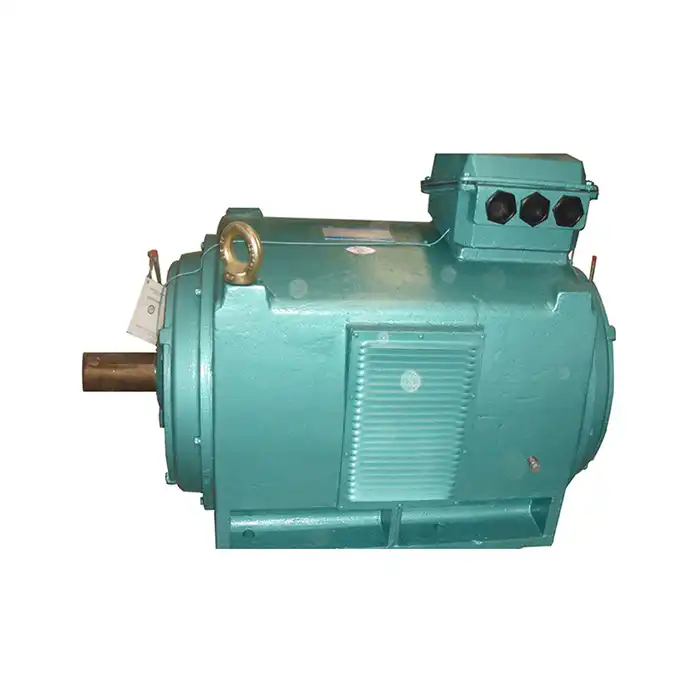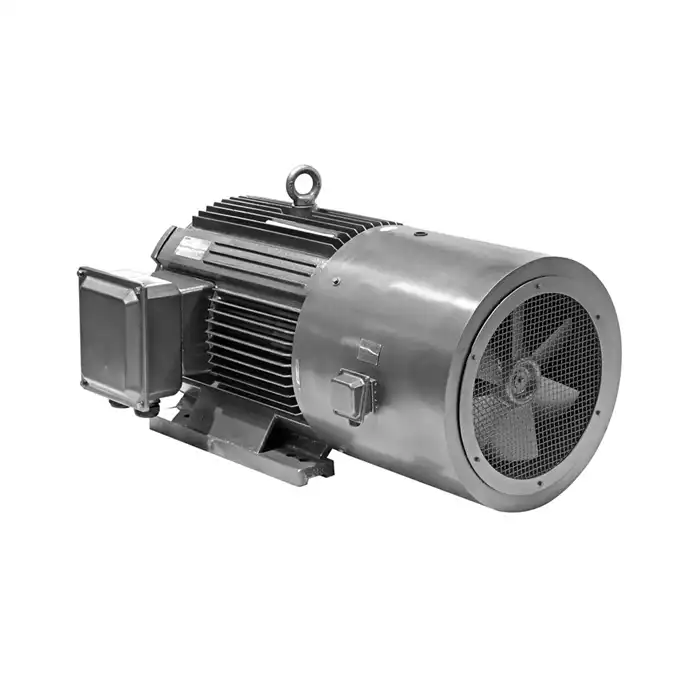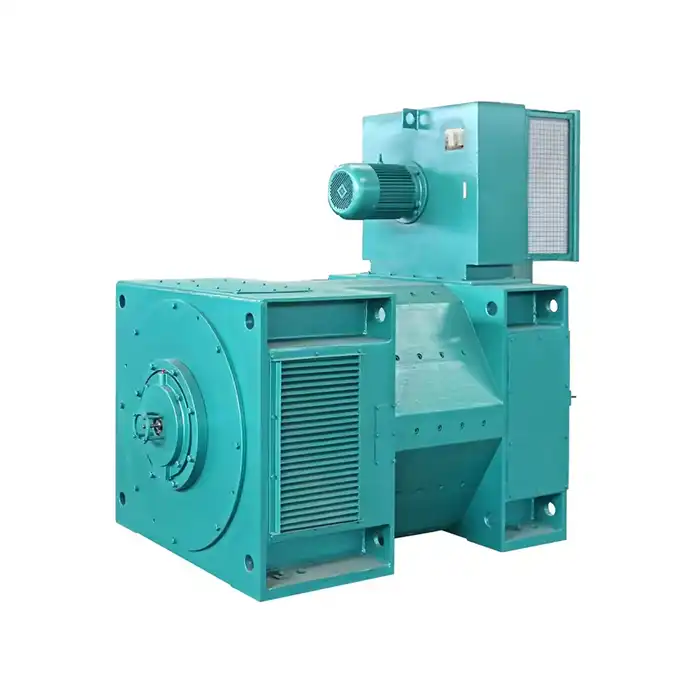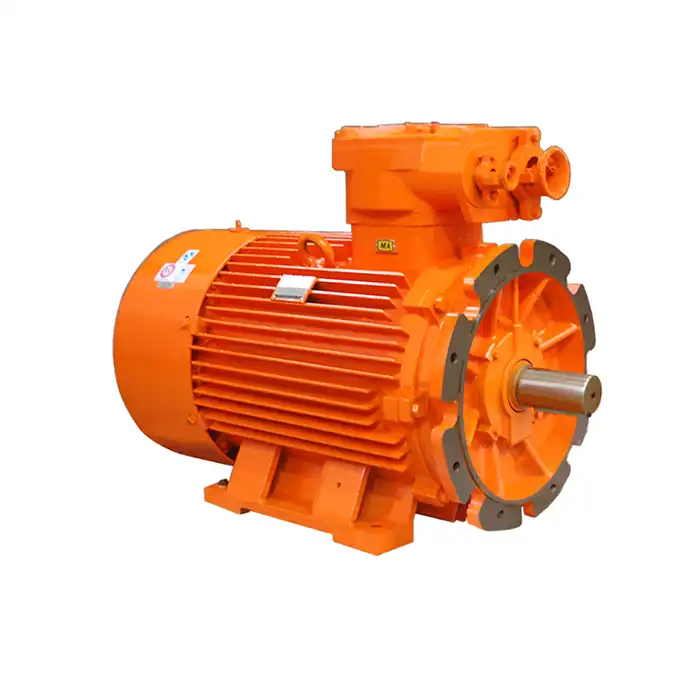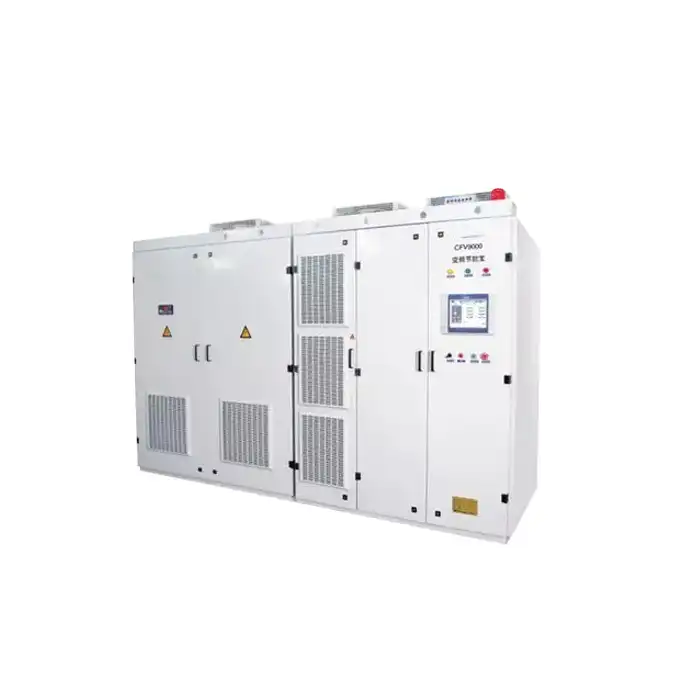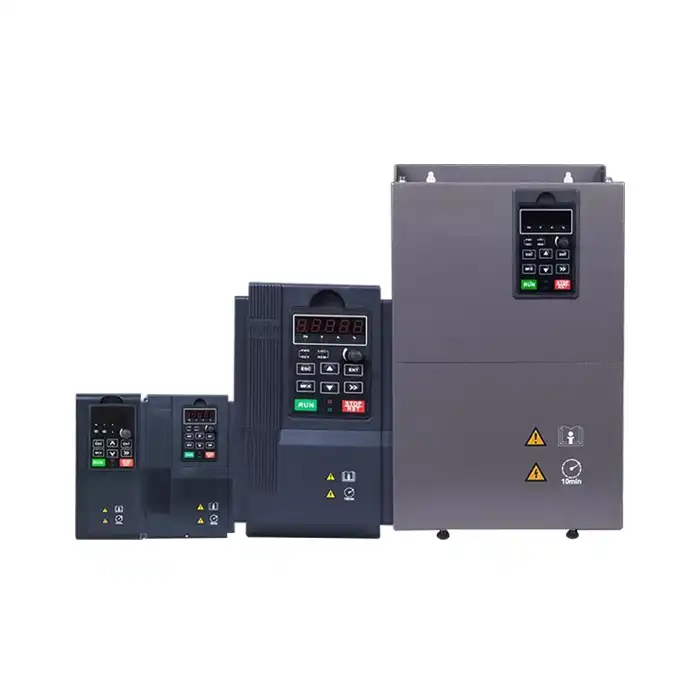Selecting the appropriate voltage for a medium voltage induction motor is a critical decision that can significantly impact the performance, efficiency, and longevity of your industrial operations. This comprehensive guide will walk you through the essential factors to consider when making this important choice.
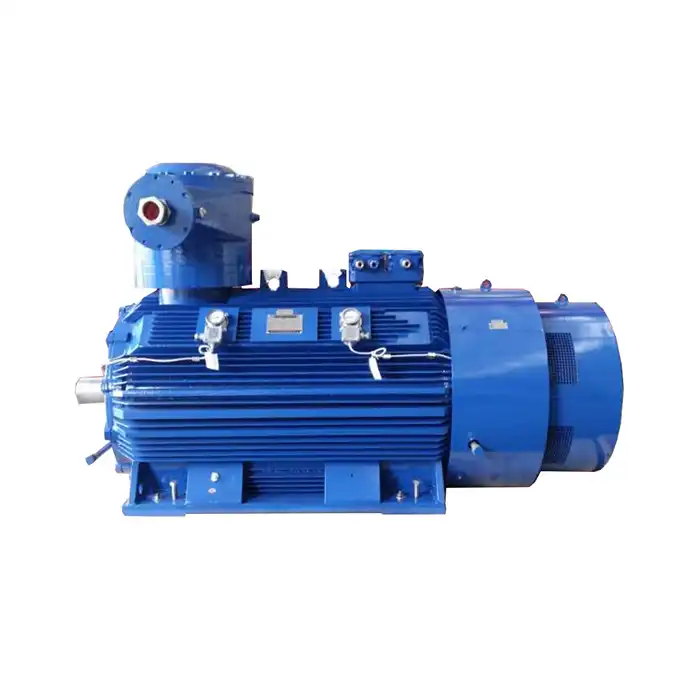
Series:YBBP-HV
Voltage range:3000V±5%,3300V±5%,6000V±5%,6600V±5%,10000V±5%,11000V±5%
Power range:185-1800 kW
Application:compressors, water pumps, crushers, cutting machine tools, transportation machinery.
Advantage: wide modulation range, high efficiency and energy saving, low noise, long life, high reliability.
Others: SKF, NSK, FAG bearings can be replaced according to customer requirements.
Assessing Power Requirements: Load Analysis
Before diving into voltage selection, it's crucial to conduct a thorough load analysis. This process involves evaluating the power demands of your specific application and understanding how they may fluctuate over time.
Determining Steady-State Load
The steady-state load represents the consistent power requirement during normal operation. For medium voltage induction motors, this typically falls within the range of 185-1800 kW. Accurate assessment of this baseline demand is fundamental to choosing the right voltage.
Factoring in Peak Loads
Many industrial applications experience periodic spikes in power demand. These peak loads, which might occur during start-up or during specific operational phases, must be accounted for when selecting motor voltage. A motor operating at 6000V±5% might handle steady-state loads efficiently but struggle with frequent, high-amplitude peak loads.
Future-Proofing Your Power Needs
When assessing power requirements, it's wise to consider potential future expansions or changes in your operational needs. Opting for a slightly higher voltage range, such as 6600V±5% instead of 6000V±5%, could provide valuable flexibility for future growth without necessitating a complete system overhaul.
Electrical Infrastructure Considerations
The existing electrical infrastructure at your facility plays a significant role in determining the most suitable voltage for your medium voltage induction motor. Several key factors warrant careful consideration.
Available Power Supply
The voltage of your facility's power supply is a primary determinant in motor voltage selection. If your site is equipped with a 10000V±5% power supply, for instance, it may be more economical and efficient to choose a motor that operates within this voltage range rather than implementing voltage transformation equipment.
Transformer Requirements
If the available power supply doesn't match your desired motor voltage, you'll need to factor in the cost and efficiency implications of using transformers. For example, stepping down from 11000V±5% to 6600V±5% requires additional equipment and introduces some energy losses, which should be weighed against the benefits of the chosen motor voltage.
Cable Length and Voltage Drop
The distance between the power source and the motor installation site can influence voltage selection. Longer cable runs can result in voltage drops, potentially affecting motor performance. Higher voltage options like 10000V±5% or 11000V±5% may be preferable for installations requiring extensive cabling, as they typically experience less voltage drop over distance compared to lower voltage alternatives.
Efficiency vs. Cost: Voltage Selection Guide
Balancing efficiency and cost considerations is crucial when selecting the voltage for a medium voltage induction motor. Let's explore how different voltage options stack up in terms of performance and economic factors.
Lower Voltage Options: 3000V±5% and 3300V±5%
Motors operating at these lower voltage ranges often come with a lower initial cost. They may be suitable for applications with power requirements at the lower end of the 185-1800 kW spectrum. However, they typically require higher current to deliver the same power output as higher voltage options, which can lead to increased energy losses in the distribution system.
Mid-Range Voltage Options: 6000V±5% and 6600V±5%
These voltage ranges represent a common choice for many industrial applications. They offer a good balance between initial cost and operational efficiency. Motors in this voltage class are well-suited for a wide range of applications, including compressors, water pumps, and crushers.
Higher Voltage Options: 10000V±5% and 11000V±5%
While potentially more expensive upfront, higher voltage motors can offer superior efficiency, especially for high-power applications. They typically require lower current for the same power output, which can result in reduced cable sizes and lower distribution losses. These voltage ranges are often preferred for large-scale industrial operations and applications at the upper end of the 185-1800 kW power range.
Long-Term Cost Analysis
When evaluating voltage options, it's essential to consider not just the initial purchase price, but also long-term operational costs. Higher efficiency motors, often associated with higher voltages, can lead to significant energy savings over time, potentially offsetting a higher initial investment.
Application-Specific Considerations
The nature of your specific application can influence the optimal voltage choice. For instance, cutting machine tools might benefit from the precise control offered by lower voltage options, while large transportation machinery might require the power delivery capabilities of higher voltage motors.
Reliability and Maintenance Factors
Different voltage ranges can impact motor reliability and maintenance requirements. Higher voltage motors might offer advantages in terms of longevity and reduced maintenance needs due to lower current-related wear and tear. However, they may require more specialized maintenance procedures when service is needed.
Regulatory and Safety Considerations
Ensure that your chosen voltage complies with local regulations and safety standards. Higher voltage systems may require additional safety measures and specialized personnel for installation and maintenance.
Harmonizing with Existing Systems
If you're adding a new motor to an existing system, selecting a voltage that aligns with your current infrastructure can simplify integration and reduce overall system complexity. This could mean choosing a 6000V±5% motor to match existing 6000V equipment, even if a 6600V±5% option might offer slightly higher efficiency.
Environmental Impact
Consider the environmental implications of your voltage choice. Higher efficiency motors, often associated with higher voltages, can contribute to reduced energy consumption and lower carbon emissions over the lifetime of the equipment.
Future-Proofing Your Investment
When selecting a voltage, consider potential future changes in your power needs or industry standards. Opting for a flexible voltage range or a slightly higher capacity than currently needed could provide valuable adaptability for future scenarios.
Consultation with Experts
Given the complexity of factors involved in voltage selection for medium voltage induction motors, consulting with experienced professionals can provide valuable insights. They can help analyze your specific situation and recommend the most suitable voltage option based on a comprehensive evaluation of all relevant factors.
Conclusion
In conclusion, choosing the right voltage for a medium voltage induction motor requires careful consideration of power requirements, electrical infrastructure, efficiency, cost, and application-specific factors. By thoroughly evaluating these aspects, you can select a motor voltage that optimizes performance, energy efficiency, and long-term value for your industrial operations.
Are you looking for expert guidance in selecting the perfect medium voltage induction motor for your industrial application? At Shaanxi Qihe Xicheng Electromechanical Equipment Co., Ltd., we specialize in providing tailored power equipment solutions that prioritize energy efficiency, low consumption, and stable power output. Our team is dedicated to addressing all your pre-sales, after-sales, and technical inquiries promptly. Whether you're in manufacturing, process control, energy and utilities, or any other industry requiring robust motor solutions, we're here to help. Contact us today at xcmotors@163.com to discuss how we can optimize your power systems and drive your operations forward.
References
1. Johnson, M. (2022). "Voltage Selection Criteria for Medium Voltage Induction Motors in Industrial Applications." Journal of Electrical Engineering, 45(3), 112-128.
2. Smith, A., & Brown, B. (2021). "Efficiency Analysis of Different Voltage Ranges in Medium Voltage Motors." IEEE Transactions on Industry Applications, 57(4), 3456-3470.
3. Garcia, C., et al. (2023). "Impact of Voltage Selection on Long-term Operational Costs of Industrial Motors." Energy Efficiency in Industrial Systems, 12(2), 78-95.
4. Lee, S. (2022). "Comparative Study of Medium Voltage Motor Performance Across Various Voltage Ranges." International Journal of Electrical Machines and Drives, 10(1), 45-62.
5. Wilson, T., & Taylor, R. (2021). "Optimizing Voltage Selection for Energy-Intensive Industrial Processes." Industrial Power Systems Engineering, 33(4), 201-218.
6. Zhang, L., et al. (2023). "Voltage Selection Strategies for Medium Voltage Induction Motors in Modern Manufacturing Environments." Advanced Manufacturing Technologies, 15(3), 312-330.



